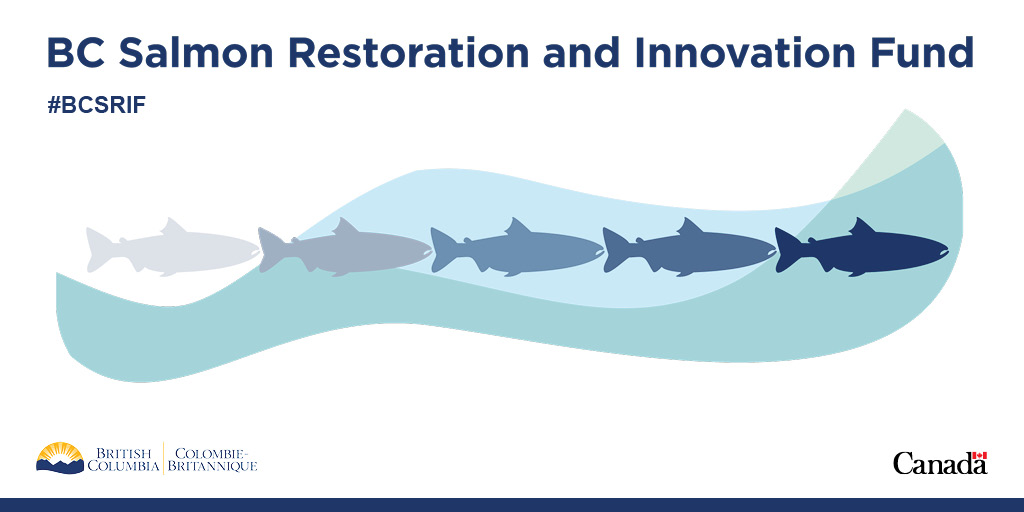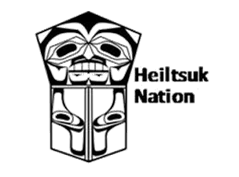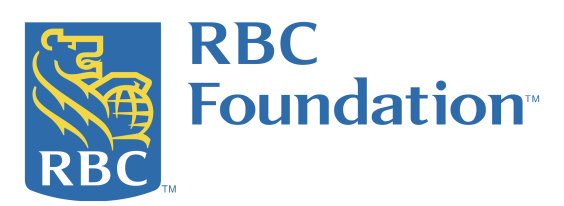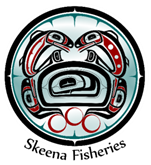To manage sustainable salmon fisheries in an era of rapid climate change, resource managers, First Nations, and local communities require in-season information on the number of salmon returning to their local rivers. Access to timely population monitoring data has long been challenged by the costs and logistical constraints of working in remote watersheds around the Pacific Rim, and by the time and resources required to review data and produce reliable estimates of salmon returns. Salmon Vision is a collaborative effort by the Pacific Salmon Foundation, Wild Salmon Center, Simon Fraser University computing sciences, and Aeria to develop and apply AI tools for automated salmon counting and species identification. Working with First Nations and resource management agencies, we are co-developing computer-vision models for automated analysis of video, sonar, and aerial drone survey data, to provide timely, reliable and user-friendly AI tools for salmon stock assessment. The Salmon Vision web app is the next step in this journey, providing local managers, First Nations, and community organizations with a platform for end-to-end AI supported workflow management, from data uploading and AI-powered analysis through data review to update count data, and video annotation for model retraining..
We believe that by harnessing the power of AI for salmon monitoring and conservation, we can help power transformative changes for wild salmon and the communities that depend on them. Beginning in 2024, our systems are running in support of local and Indigenous communities across the north and central coast of British Columbia, providing real-time information on salmon returns to guide precautionary management of fisheries, providing continuous insights into migration conditions and climate stressors, and empowering communities at co-governance tables as advocates and stewards for their local wild salmon populations. Beginning in 2025, computer-vision tools for RGB video, sonar, and aerial drone surveys will be available to users around the world, with near-term plans in place to co-create additional computer-vision tools for conservation of aquatic and terrestrial ecosystems.
Reach out to us if you’d like to chat about your project’s needs for remote monitoring systems and computer-vision assisted workflow.
Resources
All of our computer-vision models, training data, and backend software for remote monitoring systems are documented on our GitHub page. Model code are freely available to the research community under a MIT open research license. Data and annotations are published under a creative commons license (BY-NC-SA 4.0), and are freely available for use in non-commercial applications.
https://github.com/Salmon-Computer-Vision/salmon-computer-vision
If you have any additional questions for our team about these resources, please feel free to contact us directly.
Partners
Partnership is foundational in our approach to developing and applying computer-vision solutions for salmon monitoring and stewardship. First Nations across the North and Central Coast of BC have contributed data and time to the development and training of computer-vision models, and are leaders on the ground in applying these tools for stewardship of wild salmon within their territories. We would specifically like to acknowledge the Gitanyow Fishery Authority, Skeena Fishery Commission, Heiltsuk Integrated Resource Management Department, Haida Fishery Program, Kitasoo Xai’xais Stewardship Authority, Taku River Tlingit, Nuxalk Stewardship, Wuikinuxv Fishery Program, as well as DFO Stock Assessment Division, for their partnership in co-developing Salmon Vision AI.







